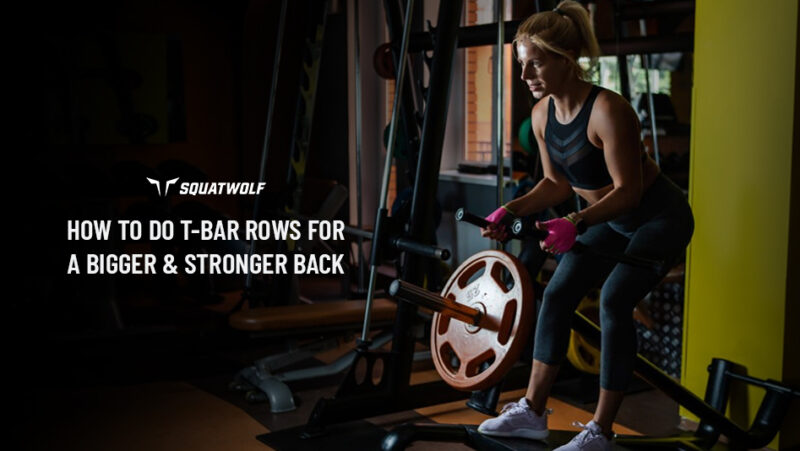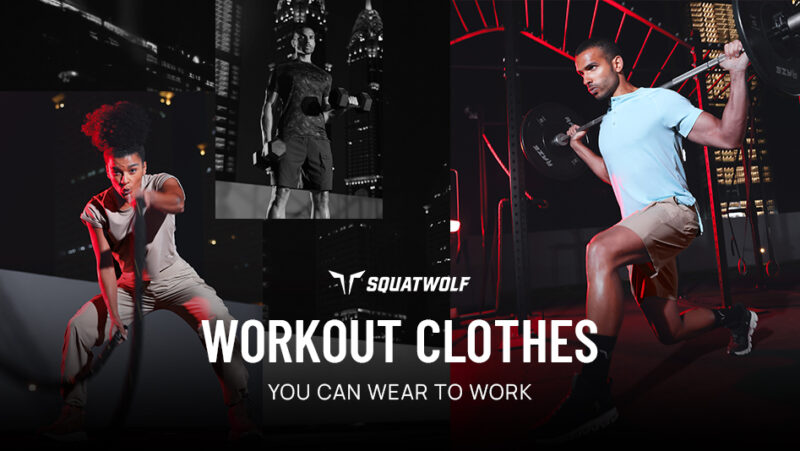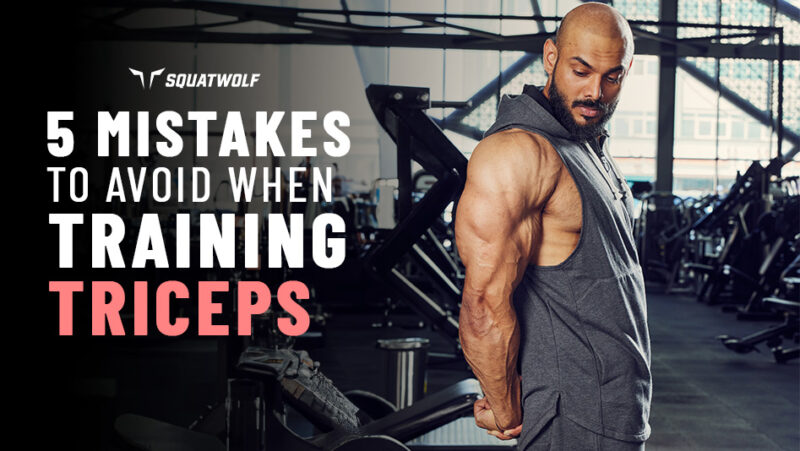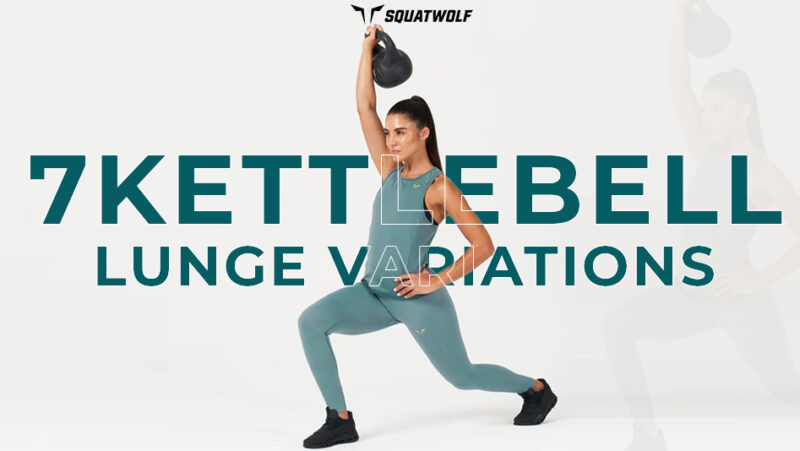Pack Your Pecs with Cable Crossover Exercise
If your chest days aren’t hitting the way they used to, then it’s time you give your benches a break and switch up to cables! While many may argue over dumbbell vs. barbell bench press debate, when it comes down to sculpting and building your chest, cable crossover exercise is often overlooked.
The cable crossover exercise not only works your pectoralis major (upper chest), it also works your:
- Pectoralis minor (lower pecs)
- Anterior delts (front shoulders)
- Rhomboids
- Latissimius dorsi (middle and lower back)
With this being said, it’s important to get your form right and execute this exercise in the correct manner to really reap its benefits. In this guide, you’ll learn how to do cable crossovers the right way along with their form, benefits and variations.
Struggling to engage your pecs during your exercises? Learn more about these tips for hitting upper chest muscles.
Cable Crossover Exercise | Muscles Worked | Benefits | Variations | Key Takeaways | FAQs
How to Cable Crossover Exercise?
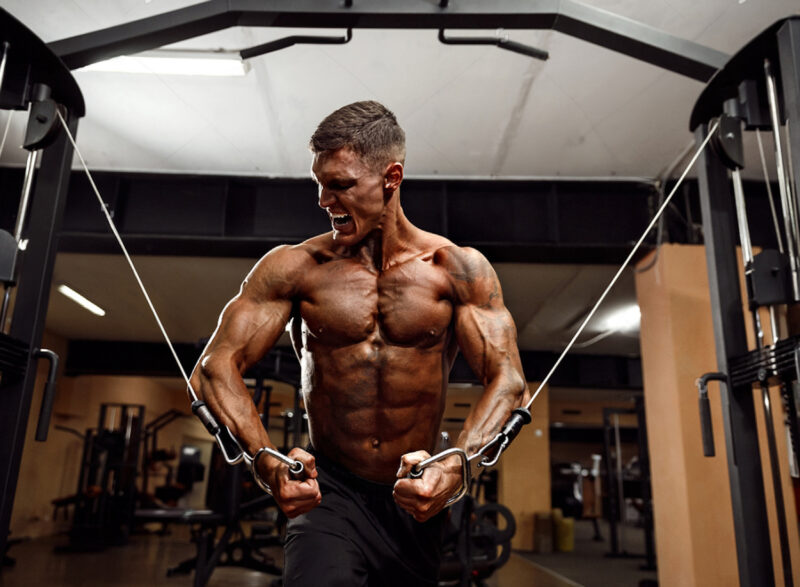
When performing any exercise, you need to make sure you’re doing it the right way to not only engage the right muscles but also prevent any risks of injuries.
Here’s a step-by-step rundown of doing this exercise:
- Start by setting up your cable with the pulleys locked above your shoulder and a weight that’s comfortably challenging.
- Don’t overload right away – make sure the cable has enough weight that you can push without swinging or compromising your form.
- Take your position in the middle of the cable with your feet shoulder-width apart, back neutral and a slightly lean ahead.
- Now, grab each pulley, one at a time – this is your pre-lifting move.
- Controlling your movement, pull the attachment, bringing your hands down and against your body while squeezing your pecs together.
- Your arms are simply hooks so you should be completing the lift with your chest muscles – imagine as if you’re hugging a tree.
- Hold the contraction for a few seconds, then return to the starting position in a slow and steady movement.
- Repeat for 10-12 reps to complete the exercise.
Incorporate the cable crossover exercise into your chest workout routine to for better gains!
What Do Cable Crossovers Work?
To build a strong mind-muscle connection as your workout, it’s important to understand your physical anatomy as well as the muscles worked during an exercise.
Here are the muscles worked during this exercise:
Pectoralis Major (Upper Chest)
The stud of chest muscles worked, this muscle is responsible for the mass, size and shape of your upper entire chest.
Chisel your chest with this upper chest workout routine.
Pectoralis Minor (Lower Chest)
This muscle plays an important role in moving and stabilizing the shoulder blades. During the cable crossover exercise, this muscle is active and helps in stabilizing the upper body.
Work your pectoralis minor with these 8 lower chest workouts.
Anterior Deltoids (Front Delts)
Due to the horizontal movement of squeezing your chest, the front shoulder muscles are fully engaged during this exercise. This is why, if you’re following the push-pull-leg split workout routine, this is the perfect exercise to add to your upper body routine.
Get those shoulder boulders with these 3 deltoid exercises.
Rhomboids
Located between your shoulder blades, your rhomboids are stabilizers that ensure a smooth and controlled movement during the exercise.
Feeling upper back pain? Learn how to fix rhomboid pain.
Latissimus Dorsi
Your lats are the secondary muscles worked during this exercise. They’re active and engaged as you lean forward and lift the weights, controlling the motion as you return to the starting position. This is why, this exercise isn’t just a chest exercise – it also hits your upper body entirely.
Do these 6 best back exercises to build mass and get those gains.
Biceps Brachii
As you keep a soft bend in your elbows during cable crossovers, your biceps get activated. This helps you control your lift when you push your arms together.
Do these 5 types of bicep curls to get those guns popping!
Triceps Brachii
Your triceps are responsible for giving you arm stability during this exercise, helping you complete the crossover motion successfully.
Get bigger arms with this triceps workout.
3 Benefits Of Cable Crossover
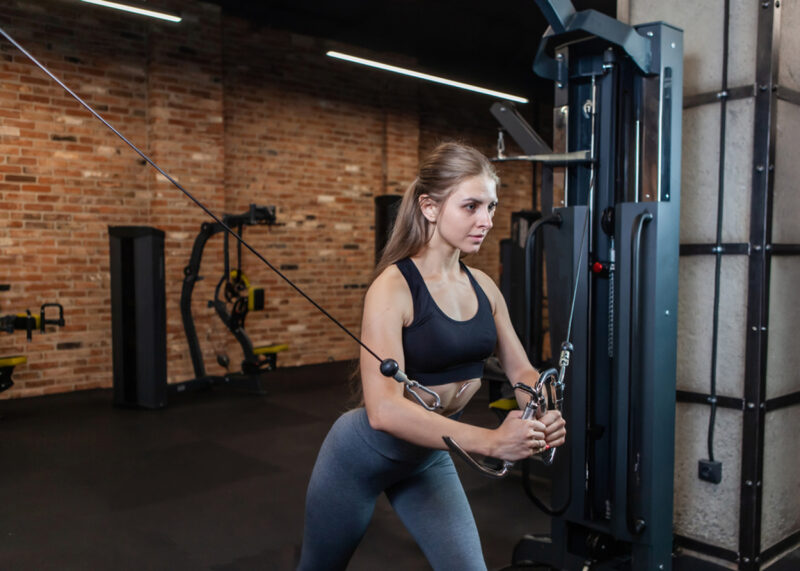
Much like diamond pushups, the cable crossover exercise is excellent for building chest muscles and improving overall upper body strength.
Here are some of the benefits of performing cable crossover:
1. Increased ROM & Chest Hypertrophy
It effectively targets the pectoralis major muscle, which is responsible for chest development. This exercise ensures a greater range of motion, giving your chest a wide stretch during eccentric and tight squeeze during contraction compared to other chest exercises such as the bench press.
Since studies have revealed that a greater ROM aids in muscle hypertrophy, it’s crucial to add this exercise into your upper body workout routine for a bigger, broader and puffier chest.
Get a good pump with this explosive chest workout at home/
2. Improved Stability And Balance
The cable machine provides constant resistance, which forces the chest muscles to work harder to maintain stability and balance throughout the movement.
According to studies, constant resistance training from free-weights or cable machine improves your overall upper body strength and stability. This means you’re not only on your way to gains, you also get better overall muscle and structural coordination, helping in daily functionality.
Try these 10 stability ball exercises to improve your overall balance and coordination.
3. Reduced Stress On Joints
According to studies, the cable pulley exercises are effective in strengthening your shoulder joints and reducing injury risk when it comes down to sports training or overthrowing exercises.
Since this exercise strengthens your shoulder stabilizers, it makes this an ideal workout for building your chest if you have pre-existing injuries or shoulder pain.
Gain strength with these 4 shoulder cable workouts.
4 Variations Of Cable Crossover Exercise
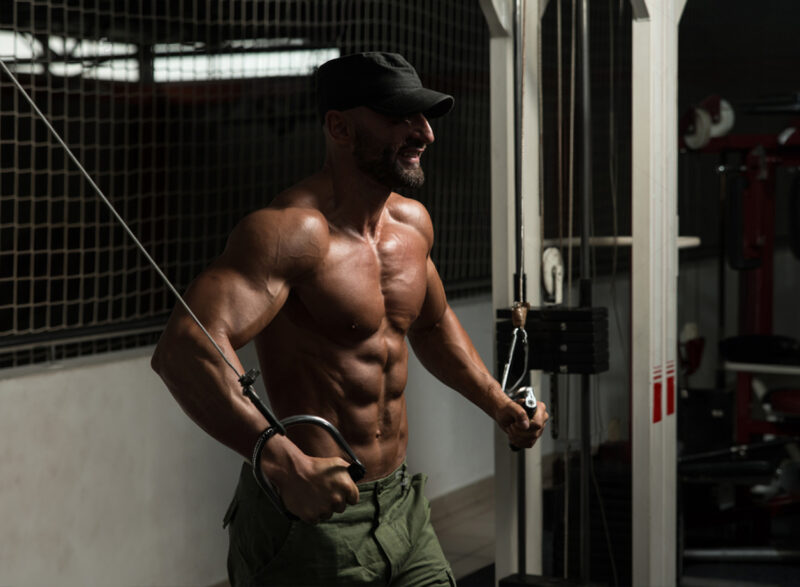
Incorporating a variety of chest exercises such as lower chest exercises, or inner chest exercises into your workout routine is crucial for developing a balanced and well-rounded chest. However, it’s important to remember that no single exercise can work all areas of the chest muscles. Incorporating a variety of chest exercises is key to achieving a balanced and well-developed chest.
There are several variations of this exercise that you can incorporate into your workout routine to challenge your chest muscles in different ways. Here are some of the variations:
1. High Cable Crossover
In this variation, the pulleys are set at a lower height, and the movement is performed with an upward angle, targeting the upper chest muscles.
Here’s the step-by-step way of doing high cable crossover:
- Set both pulleys to the highest position above your head.
- Grab the handles with your palms down.
- Lean forward with a neutral back for balance and stability.
- Keeping your chest up and bracing your core, take your stance.
- Pull your hands down with a soft bend in your elbow in front of your chest.
- Hold the contraction for a few seconds before returning to the starting position.
- Repeat for 10-12 reps or until failure.
Ladies, struggling with sagginess? Get that ‘lifted’ look with these 5 chest workouts for women!
2. Single-arm Cable Crossover
This variation involves performing the exercise with one arm at a time, which increases the stability challenge and helps to correct any strength imbalances between the two sides.
Here’s the step-by-step way of doing single-arm cable crossover:
- Grab the handle with one hand, with an overhand grip.
- In a balanced stance, step away from the cable machine so your chest muscle is activated.
- Keeping your arm in-line with your shoulder and a slight bend in your elbow, pull the handle across your body, holding at the contraction.
- Control your eccentric on your way back, focusing on the stretch in your chest.
- Repeat for 10-12 reps.
Correct any imbalances and build upper body strength with these 7 inner chest exercises.
3. Reverse Cable Crossover
This variation involves facing away from the cable machine and performing the crossover movement in reverse and targets the rear deltoids, upper back, and rhomboid muscles.
Here’s the step-by-step way of doing reverse cable crossover:
- Place the pulleys to the lowest position.
- Stepping away from the cable machine, hold the pulleys with an underhand grip.
- Slightly leaning forward, take your stance so you feel stable.
- Lift the weights by pulling the attachments up and to your sides, squeezing your chest muscles at the top.
- Bring your arms back down, letting your chest fully stretch out.
- Repeat for 10-12 reps.
Don’t have access to gym equipment? Go for these 4 chest workouts with resistance bands instead!
4. Cable Crossover With A Twist
This variation involves adding a twist to the movement at the end of the crossover, which targets the oblique muscles and adds a core-strengthening element to the exercise.
Here’s the step-by-step way of doing cable crossover with a twist:
- Set the pulleys to the top max.
- Hold the handles and step forward for a stable stance.
- With your arms extended to the sides and aligned with your shoulders, pull the attachments towards one another across your chest.
- Once done, twist your torso to one side to complete the move.
- Return to the starting position, controlling your eccentrics.
- In the next rep, twist towards the other side to keep your core fully and properly engaged.
- Repeat 10-12 times on each side.
To fully target your upper chest, add barbell upright rows to your push day routine.
Incorporating these variations into your workout routine can help you to target different areas of your chest muscles and add variety to your training. Make sure you’re wearing high-performance, moisture-wicking gym stringer for a greater range of motion during your training.
Key Takeaways
If you are looking to add some serious definition to your chest muscles, then the cable crossover exercise is the perfect way to get them. By targeting the upper chest muscles with constant tension, this exercise is a powerful addition to any chest workout routine. Just remember to focus on proper form for maximum effectiveness and safety. By incorporating cable crossover and other chest exercises such as banded push-ups into your routine, you can achieve a well-rounded chest while improving your overall strength and fitness.
FAQs
Cable crossovers specifically target the upper chest or pectoralis major muscle in your body. However, this exercise is good for several other reasons such as:
- Targeting and building chest muscles including upper and lower chest muscles
- Boosting your overall upper body strength
- Giving you muscle strength and definition
- Ensuring you get a full range of motion along with stability and balance during your workout
- Activating and working your deltoids, rhomboids, and lats for a comprehensive, upper body workout
While the cable crossovers and chest flys both are chest exercises that follow a similar pattern, they have some differences in the way they’re executed. The difference is:
- Cable Crossovers: In this movement, you pull the cable pulleys diagonally across your body, targeting several muscle groups in your upper body. This movement focuses on your upper chest and inner chest thanks to the full range of motion it provides you.
- Chest Flys: Usually executed with dumbbells or on the butterfly machine, this movement is similar to chest flys as it emphasizes on bringing your arms together for contraction. This exercise targets your chest muscles, especially your outer pecs with a more fixed movement.
This exercise is beneficial for several reasons. These benefits icnldue:
- Giving you chest muscle definition while helping you gain mass
- Boosts your shoulder mobility and flexibility
- Works several muscles within your chest primarily and in your upper body secondarily, giving you a balanced upper body
- Provides you with adjustable resistance, helping you progressively overload
- Ensures constant muscle activation and engagement, allowing you to grow your chest
- Decreases the load and impact on your joints, helping you lift weights in a risk-free manner
- Gives you improved stability, benefiting your daily functionality
Continue Reading



